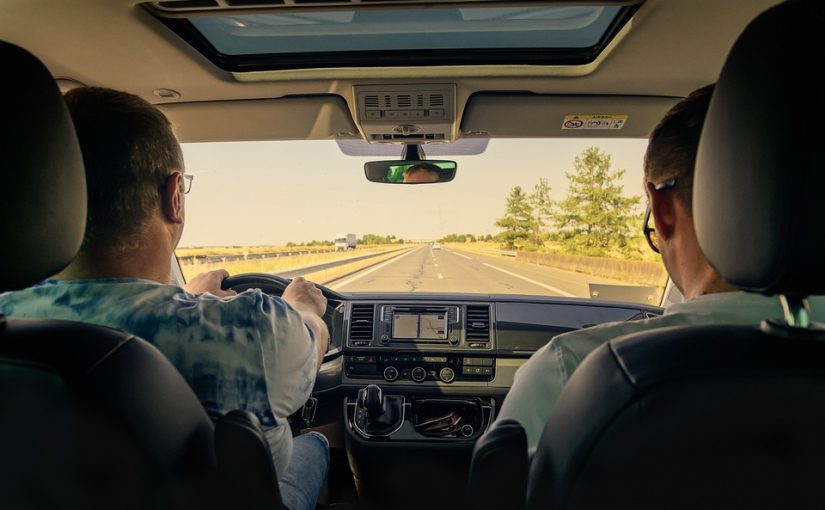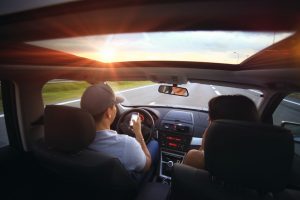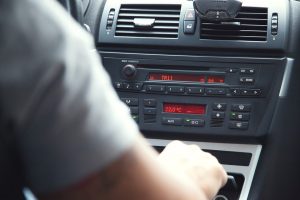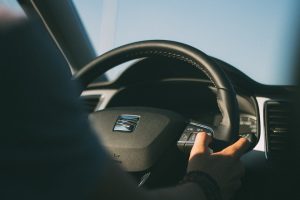Tips for how to make Winter Driving safe for you and your employees
Safe driving begins long before a driver gets behind the wheel of a car. This is true in Winter as well as any other time of year. It is especially important when it comes to the Winter Driving Season. The Winter Driving Season is especially dangerous because of the conditions presented out on the roads and the presence of ice. Preparing for these risky conditions occurs before, during, and after getting behind the wheel. Here are nine Winter Driving Tips to help you, your family, and your employees safe out on the roads for the rest of this Winter.
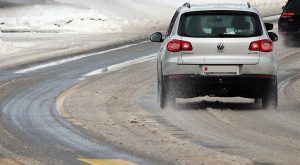
Before Winter Driving
Prepare your car
Safety when it comes to Winter Driving begins long before a person gets behind the wheel. Preparing your car in the Fall before the weather turns bad is a good idea to prepare for a saving Winter Driving Season.
Check under the hood
When you have an oil change during the Fall and Winter, it is important to have the mechanic looking under the hood to check to make sure your car is prepared for the Temperatures the car is facing. It is important to ask them double check the levels of your cars antifreeze, the hoses, the heater, the defroster, windshield wipers, the washer fluid, the lights, and the battery.
Stock a Winter Weather Survival Kit
Stocking your car with a Winter Weather Survival Kit is a great idea to prepare yourself for the unfortunate event that you are stuck in your car for an extended period of time. What is included in the kit depends upon how extreme the weather is where you live. No matter where you live the kit should include: blankets, gloves, socks and a hat. Also included should be an ice scraper, a flashlight, jumper cables, water, snacks and road flares or reflective warning triangles. Additionally, you should consider adding kitty lidder or a bag of sand to help with traction, tire chains, hand warmers, and duct tape because every situation runs a tad bit smoother with duct tape.
During Winter Driving
Slow Down
When behind the wheel, it is important to slow down and increase space when driving. Many people make the mistake of thinking a four wheel drive vehicle allows them to drive faster at a normal speed during Winter Conditions. This is a mistake far too many drivers make in Winter. The only way to safely drive on ice is to take your time and give yourself plenty of room between other vehicles.
Dont panic
If you do start to slip on ice while driving, it is best to let your foot off of the excelerator in order to slow down as opposed to slamming on the brakes. Remember to steer in the direction you want to go. Steering may be more important than braking in some conditions.
Be conscious of the three main types of distractions
There are three types of distracted driving: Cognitive, Manual, and Visual. A cognitive distraction deals with a drivers cognitive ability to pay attention to the task of driving. A manual distraction is anything that causes a driver to take one or both hands off of the steering wheel. Finally, a visual distraction is anything visually appealing that takes the drivers view away from the task of driving the car.
After Winter Driving
After an accident, contact the carrier quickly
It is important to contact your insurance carrier quickly after an accident. First and foremost, you need to take care of the health and well-being of anyone involved in an accident. Once everyones safety is accounted for it is important to give the insurance carrier a call. It is important to realize that this part of the insurance process is the responsibility of the carrier and not the insurance agent. It is a good idea to keep the agency in the loop, but do not be surprised and do not become upset when they direct you to call the carrier. This is how the insurance process works.
Take photos
If you have a mobile device with the ability to take and save pictures, it is important to take pictures of your damaged vehicle and of any other vehicles involved in the accident.
Keep Receipts
Damages may be reimbursed for repairs to your car, but the insurance carrier is going to require receipts for anything you purchase related to the repair of your vehicle. This is why it is important to call the insurance carrier quickly. The carrier can guide you through the insurance claims process and help prevent any unnecessary spending on your part.

